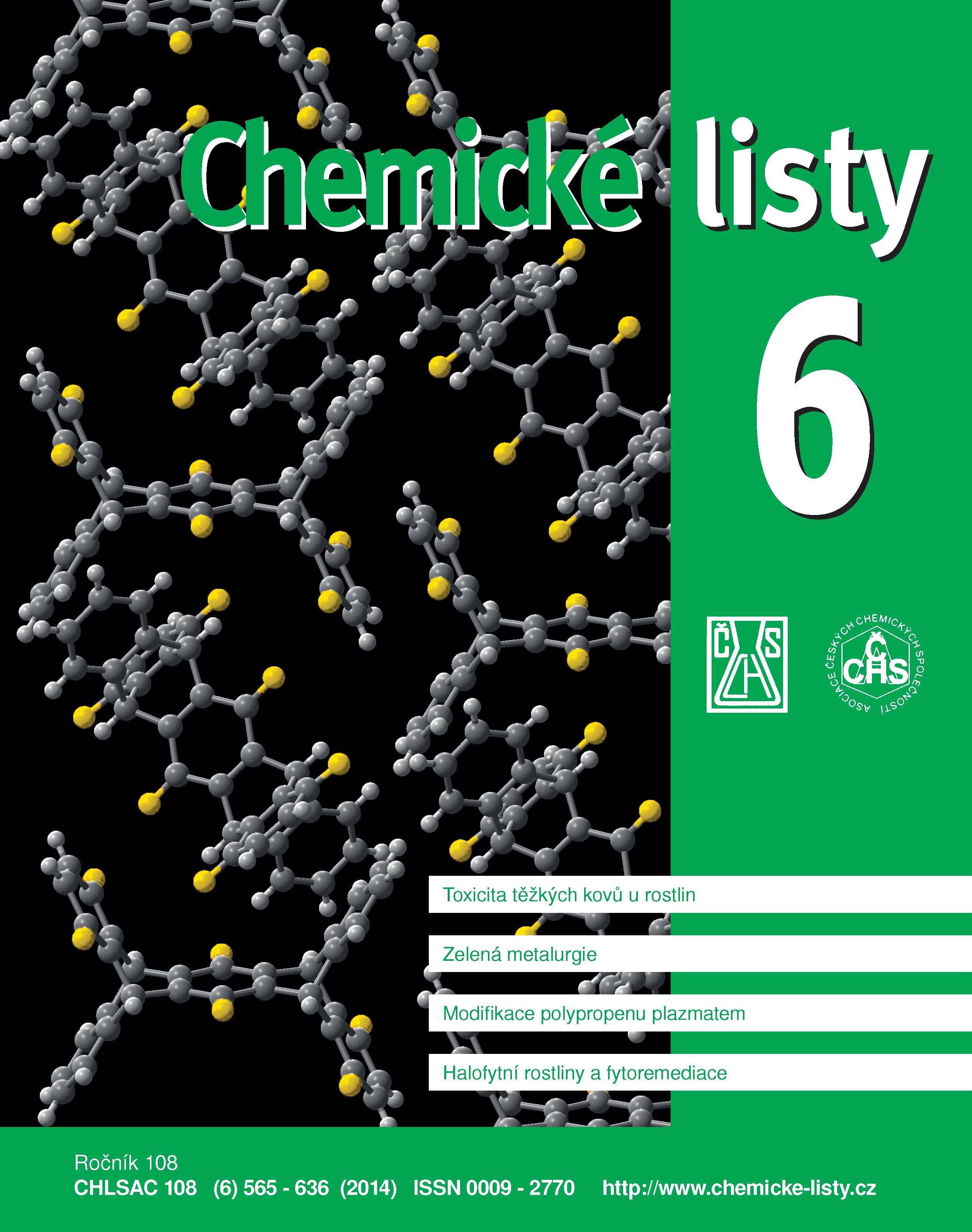Halofytní rostliny a jejich možné využití ve fytoremediacích
Klíčová slova:
halofytní rostliny, fytoremediace, těžké kovy, osmoprotektantyAbstrakt
Halophyte plants, which tolerate high NaCl concentration during growth and reproduction, have developed different strategies to survive and complete their life cycles. Generally, their salinity tolerance consists in controlled uptake of Na+ and Cl–, their compartmentalization into vacuoles, and in protection of sensitive organelles such as nuclei or chloroplasts by production of stress proteins. Another important feature of salinity tolerance is production of various osmolytes such as proline, glycine, betaine, carbohydrates. There is a strong evidence that in many plants, unfavorable environmental conditions (drought, heat, cold, heavy metals, etc.) bring about the accumulation of proline, which serves not only as an osmotically active compound but also as a scavenger of reactive oxygen species (ROS). Phytoremediations uses living plants for accumulation or degradation of organic or inorganic pollutants from soil, water and air. Halophytic plants have been suggested as better adapted to cope with heavy metal stress. Hence they have a great potential in biotechnologies.





